This week, we’ve got a guest blog post from our friends over at Canoe and Trail Adventures! For over 45 years, Canoe and Trail has guided thousands of people into Louisiana swamps and bayous surrounding New Orleans. LOOP NOLA regularly partners with Canoe and Trail on paddling adventures, and we love what they do. If you’re looking for paddling options on the North Shore, look no further than Canoe and Trail Adventures!
Rangia clams are native to Lake Pontchartrain and are a vital part of the region’s ecosystem.
Did you know that Lake Pontchartrain isn’t really a lake? It is an Estuary, making it one of the most productive natural habitats in the world. Fish, frogs, snakes, blue crabs, migratory birds, river otters… they all need our Lake in order to thrive.
Our lake is also home to a special clam known as the Rangia Clam (Rangia Cuneata). In early Louisiana history, the Rangia Clam was a non-nutritious food source for the early Native Americans around Lake Pontchartrain. They would discard the empty clam shells in the same refuse pile, leaving behind evidence of their campsites in locations known as “Middens.” There are a couple of these locations along our adventure path on Cane Bayou.
In the early 1930s, Rangia Clams were dredged for uses such as driveways, roadways, parking lots, levees, and the production of cement. The harvest of the clams yielded a gross annual value of $34 Million for the industry in the 1980s.
However, in the late 1970s, the turbidity (murkiness) of the lake became dense and grossly polluted prompting the lake to be closed to swimming. The amount of Rangia Clams left to filter out pollutants wasn’t enough to keep the volume of the lake clean and clear.
In 1990, the harvesting of Rangia Clams was banned and, rather quickly, the clam population and the water quality began to rebound. It is estimated that today there are around 400 clams per square meter that can filter the entire volume of the lake in about 4 days! As the healthy clams die off, they leave behind their empty shells making the lake bottom even healthier for fish habitats.
Rangia Clams could be considered a keystone species in the fact that their numbers play a huge role in the environment. Without them, Lake Pontchartrain wouldn’t be the thriving ecosystem so many of us love and enjoy today. We have to give a big shout out to these little guys doing a huge job! 629 square miles of water is a lot to clean!


